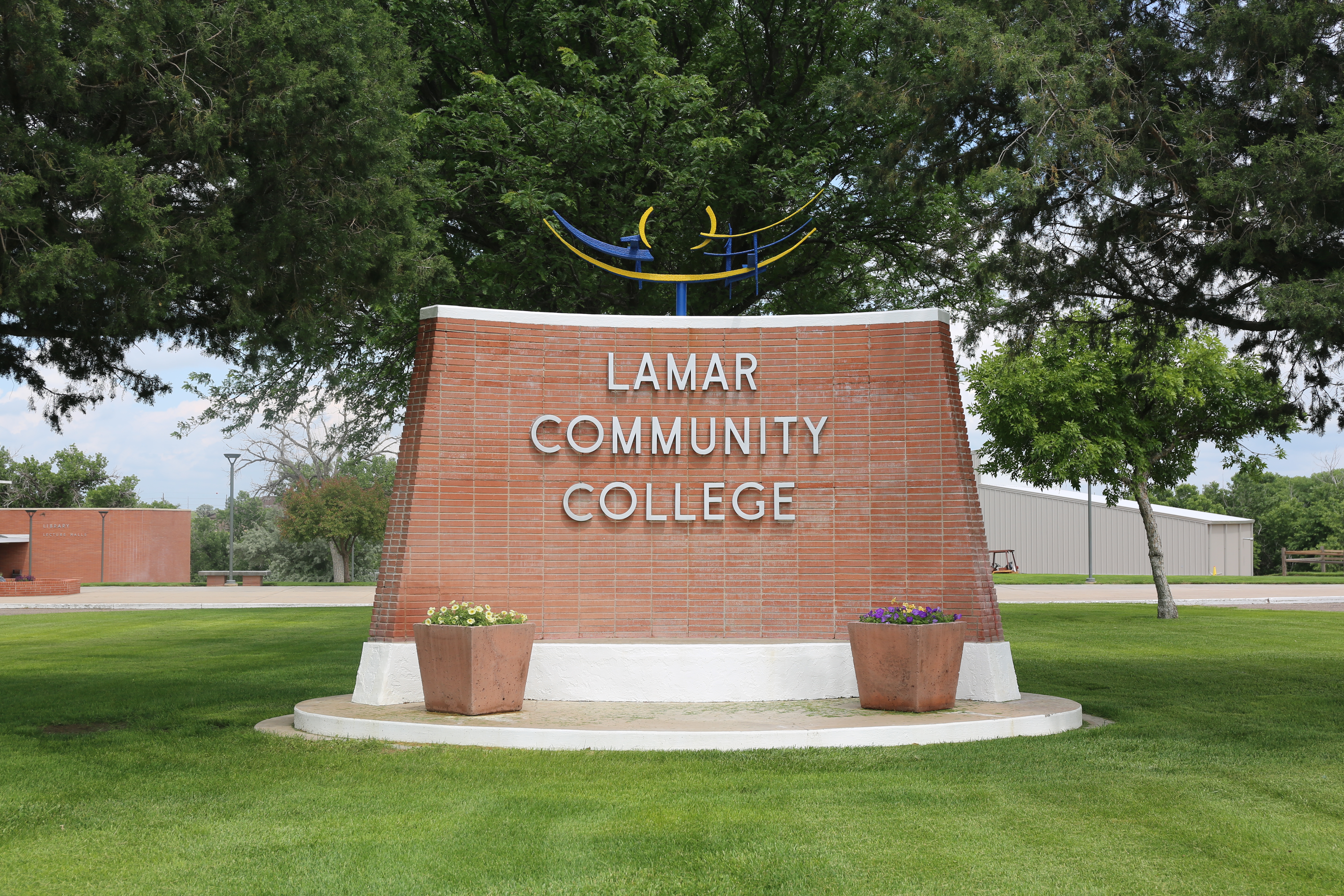As Colorado continues to blur the lines among higher education, K-12, and industry, students have more learning options than ever before. To share more about work-based learning opportunities and their advantages, CCCS associate vice chancellors Dr. Sarah Heath and Michael Macklin recently participated in a panel discussion called “Life after High School – Opportunities in the Trades,” hosted by My Colorado Journey and moderated by Erica Breunlin, an education reporter with the Colorado Sun.
The event, which also featured Mary Krisko of Peyton School District and Gideon Geisel of Emily Griffith Technical College, covered a wide range of topics, from the changing perception of trades to the rise of skills-based hiring. Here are few takeaways from the conversation.
Expanding the Definition of “Trades”
Although “trades” has typically referred to skilled labor, such as construction or welding, Colorado is expanding the definition to include emerging fields like healthcare, computer science, and business through Career and Technical Education (CTE) and work-based learning. Each year, more than 208,000 students from middle school through college take CTE courses.
“CTE is pretty much everything that relates to an occupation,” said Dr. Heath, who oversees the state’s CTE programs. “We have thousands and thousands of programs across the state. Usually for high school programs, they have two years of [education] content that matches the competencies that lead to an industry-recognized credential. For our college programs, a lot of the certificates stack into an associate of applied science degree.”
In addition to CTE, students can opt for work-based learning opportunities, such as registered apprenticeships or on-the-job training. These models can be especially beneficial for adult learners who can earn while they learn.
Although students in these programs have historically faced stigma, the rise of CTE and other work-based learning is elevating it as a viable pathway, Dr. Heath said.
“Most of our [CTE] occupations have that joy of work and the ability to produce and see what you’ve done at the end of the day,” she said. “You can see yourself in the work, and that is really meaningful.
We really are looking at on-ramps and off-ramps into the educational pipeline.
Meeting Industry Demands
It’s not just students who are interested in work-based learning. Industry leaders are increasingly looking to technical programs to develop a skilled talent pool.
“For so long, employers have used bachelor’s degrees as a proxy for knowledge, skills, and abilities,” Macklin said. “What we’re seeing is this evolution where there’s a real focus on short term credentials.”
Macklin cited the Colorado’s Workforce Development Council’s Bridging the Talent Gap report, which found that 60% of surveyed employers prioritize job skills when hiring, and 40% are looking for specific skills. This trend toward skills-based hiring has put more emphasis on CTE and paid learning opportunities, he said.
It also means companies are also taking a more active role in shaping CTE programs. Some industries, like construction, are training CTE teachers so their students have up-to-date, job-ready skills when they graduate, Dr. Heath said.
“[Companies] know there are some issues with the market—they need workers,” Dr. Heath said. “They are putting skin in the game and saying, ‘I am going to help solve this problem.’”
Creating “Stackable” Pathways
Although CTE has historically been siloed from traditional academic coursework, CCCS has been a leader in merging pathways so students can seamlessly switch from skills-based to classroom learning—and vice versa.
“As we look at education pathways in Colorado, we don’t want to create educational cul-de-sacs where someone goes into something and has to turn around and come back out,” Macklin said. “We really are looking at on-ramps and off-ramps into the educational pipeline.”
As students complete CTE courses, many earn industry-recognized credentials that demonstrate their new skills, knowledge, and abilities to do a specific job. CCCS has come up with a standard system to count these credentials for academic credit, which allows students to continue their training and earn higher-level certificates or degrees without losing time or progress.
A certified nursing assistant, for example, could build on the credits earned from their entry level credential and began work toward their associate degree or even a bachelor’s degree in nursing, Macklin said.
“For each one of those steps, we’re talking about saving money,” he said.
Interested in CTE or Work-Based Learning? Get Started!


